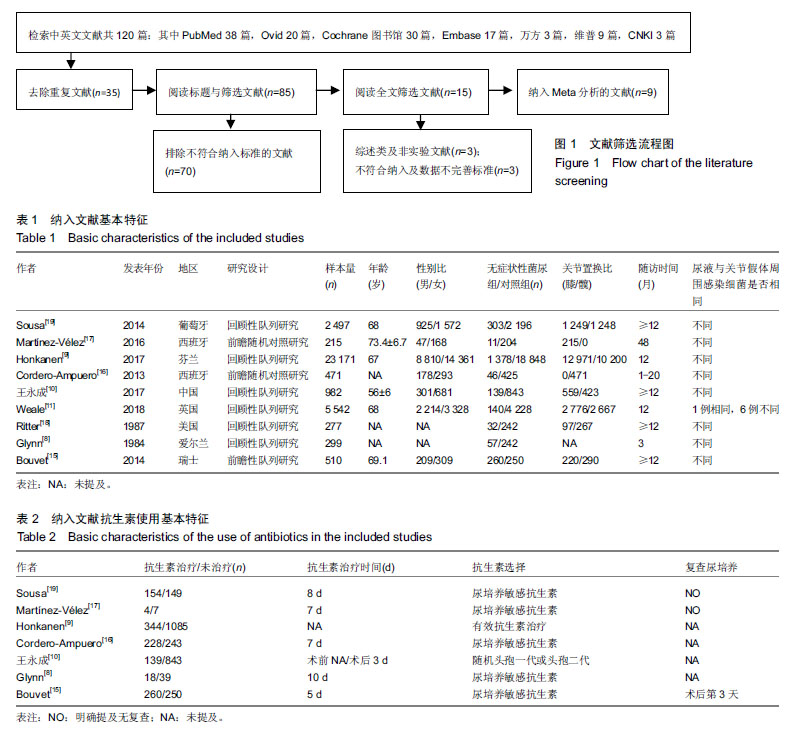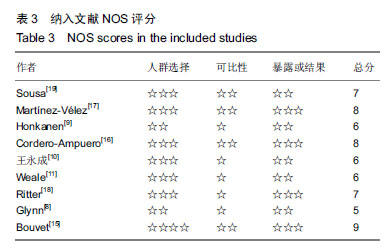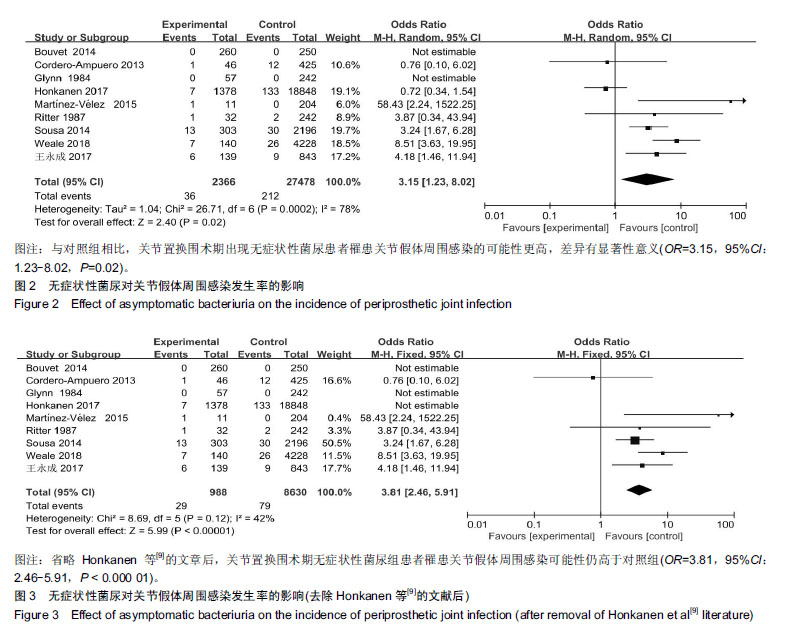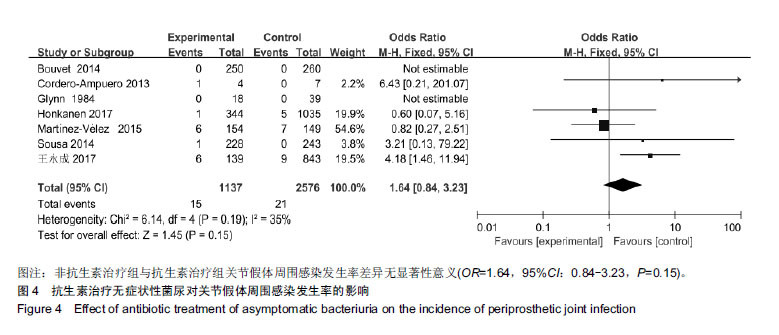| [1]Parvizi J, Adeli B, Zmistowski B, et al. Management of periprosthetic joint infection: the current knowledge: AAOS exhibit selection. J Bone Joint Surg Am. 2012; 94(14): e104.[2]Tsung JD, Rohrsheim JA, Whitehouse SL, et al. Management of periprosthetic joint infection after total hip arthroplasty using a custom made articulating spacer (CUMARS); the Exeter experience. J Arthroplasty. 2014; 29(9): 1813-1818.[3]Kurtz S, Ong K, Lau E, et al. Projections of primary and revision hip and knee arthroplasty in the United States from 2005 to 2030. J Bone Joint Surg Am. 2007; 89(4): 780-785.[4]Hall AJ. Late infection about a total knee prosthesis. Report of a case secondary to urinary tract infection. J Bone Joint Surg Br. 1974; 56(1): 144-147.[5]Irvine R, Johnson BL Jr, Amstutz HC. The relationship of genitourinary tract procedures and deep sepsis after total hip replacements. Surg Gynecol Obstet. 1974;139(5):701-706.[6]Wilson PD Jr, Salvati EA, Blumenfeld EL. The problem of infection in total prosthetic arthroplasty of the hip. Surg Clin North Am. 1975; 55(6): 1431-1437.[7]Uckay I, Lubbeke A, Huttner B. Preoperative asymptomatic bacteriuria and subsequent prosthetic joint infection: lack of a causal relation. Clin Infect Dis. 2014; 59(10): 1506-1507.[8]Glynn MK, Sheehan JM. The significance of asymptomatic bacteriuria in patients undergoing hip/knee arthroplasty. Clin Orthop Relat Res. 1984; (185): 151-154.[9]Honkanen M, Jämsen E, Karppelin M, et al. The impact of preoperative bacteriuria on the risk of periprosthetic joint infection after primary knee or hip replacement: a retrospective study with a 1-year follow up. Clin Microbiol Infect. 2018; 24(4): 376-380.[10]王永成,牛啸博,张新宇,等. 无症状菌尿与关节置换术后假体周围感染的相关性研究[J]. 中华关节外科杂志(电子版),2017, 11(4):379-382.[11]Weale R, El-Bakri F, Saeed K. Pre-operative asymptomatic bacteriuria: a risk factor for prosthetic joint infection? J Hosp Infect. 2019;101(2):210-213.[12]Cota GF, de Sousa MR, Fereguetti TO, et al. Efficacy of anti-leishmania therapy in visceral leishmaniasis among HIV infected patients: a systematic review with indirect comparison. PLoS Negl Trop Dis. 2013;7(5):e2195. [13]陈泽鑫,刘慧,潘益峰,等. 试验性和观察性研究相关医学文献质量评价方法[J]. 中国循证医学杂志,2011,11(11):1229-1236.[14]Higgins JP, Thompson SG, Deeks JJ, et al. Measuring inconsistency in meta-analyses. BMJ (Clinical research ed). 2003; 327(7414): 557-560.[15]Bouvet C, Lubbeke A, Bandi C, et al. Is there any benefit in pre-operative urinary analysis before elective total joint replacement? Bone Joint J. 2014; 96-b(3): 390-394.[16]Cordero-Ampuero J, Gonzalez-Fernandez E, Martinez-Velez D, et al. Are antibiotics necessary in hip arthroplasty with asymptomatic bacteriuria? Seeding risk with/without treatment. Clin Orthop Relat Res. 2013; 471(12): 3822-3829.[17]Martínez-Vélez D, González-Fernández E, Esteban J, et al. Prevalence of asymptomatic bacteriuria in knee arthroplasty patients and subsequent risk of prosthesis infection. Eur J Orthop Surg Traumatol. 2016; 26(2): 209-214.[18]Ritter MA, Fechtman RW. Urinary tract sequelae: possible influence on joint infections following total joint replacement. Orthopedics.1987;10(3):467-469.[19]Sousa R, Muñoz-Mahamud E, Quayle J, et al. Is asymptomatic bacteriuria a risk factor for prosthetic joint infection? Clin Infect Dis. 2014;59(1):41-47.[20]David TS, Vrahas MS. Perioperative lower urinary tract infections and deep sepsis in patients undergoing total joint arthroplasty. J Am Acad Orthop Surg. 2000; 8(1): 66-74.[21]Singh H, Thomas S, Agarwal S, et al. Total knee arthroplasty in women with asymptomatic urinary tract infection. J Orthop Surg (Hong Kong). 2015;23(3):298-300.[22]Ollivere BJ, Ellahee N, Logan K, et al. Asymptomatic urinary tract colonisation predisposes to superficial wound infection in elective orthopaedic surgery. Int Orthop. 2009; 33(3): 847-850.[23]Koulouvaris P, Sculco P, Finerty E, et al. Relationship between perioperative urinary tract infection and deep infection after joint arthroplasty. Clin Orthop Relat Res. 2009; 467(7): 1859-1867.[24]Stamm WE, Hooton TM, Johnson JR, et al. Urinary tract infections: from pathogenesis to treatment. J Infect Dis. 1989; 159(3): 400-406.[25]万里燕,崔建,袁丽萍,等. 成人无症状性菌尿诊断和治疗指南[J]. 世界临床药物,2006,27(10): 582-584.[26]Nicolle LE. Asymptomatic bacteriuria. Curr Opin Infect Dis. 2014; 27(1): 90-96.[27]Harbour R, Lowe G, Twaddle S. Scottish Intercollegiate Guidelines Network: the first 15 years (1993-2008). J R Coll Physicians Edinb. 2011;41(2):163-168. |
.jpg)




.jpg)